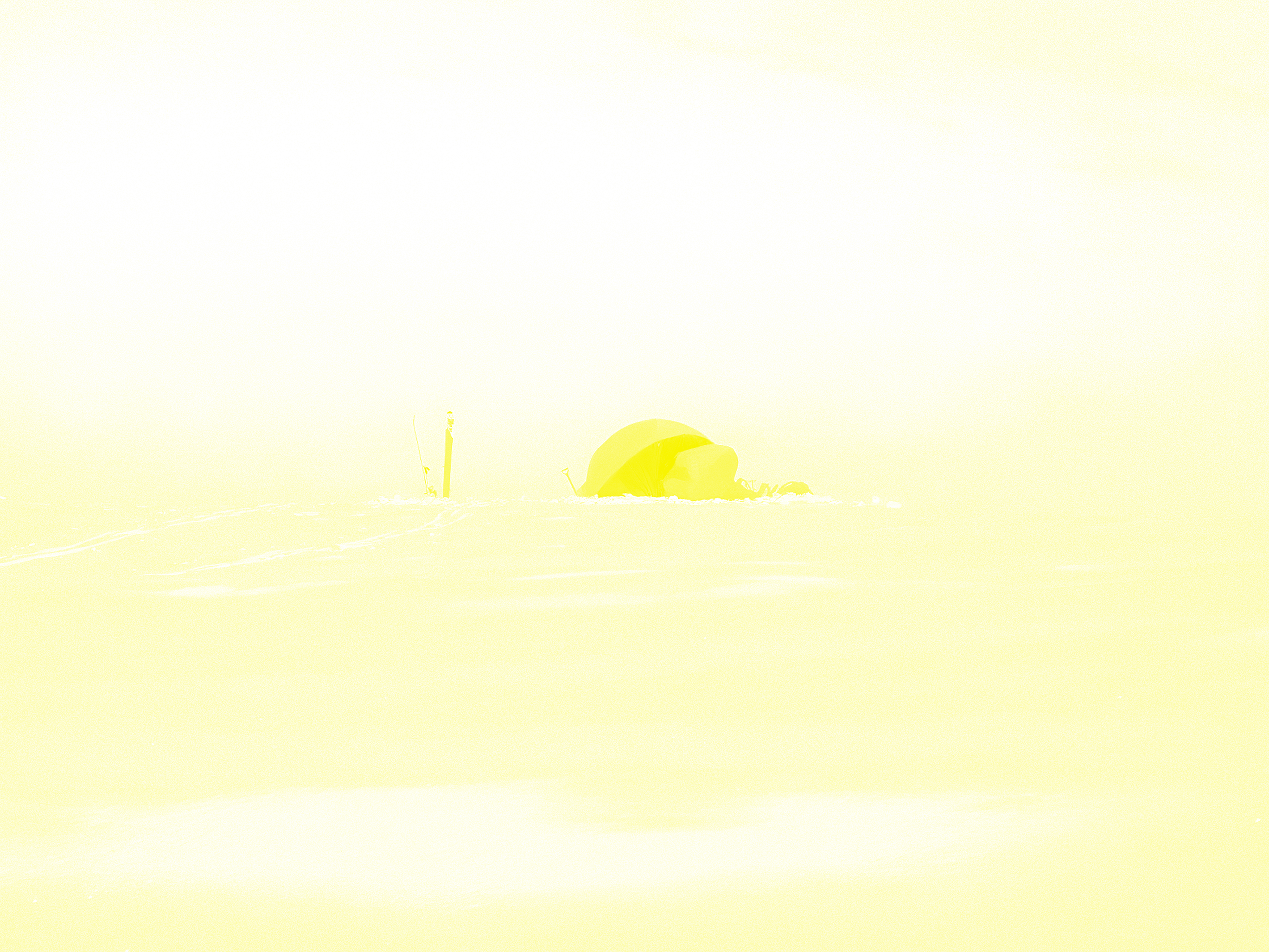RGB vs CMYK: Converting Light into Ink
muchhhhh better ingested thru this vid but.... as you wish
Interactive CMYK layering, yay!





1) Converting RGB to CMYK
The RGB model is additive: red, green, and blue come together to create white light. CMYK is subtractive: cyan subtracts/red; magenta subtracts/green; yellow subtracts/blue. Yet since pigments aren't entirely pure, the combination of CMY alone results in a muddy dark, so printers introduce K (black) to establish depth and clarity.
Therefore, when an image is converted from RGB to CMYK, the software essentially maps one primary set to another. But because inks inherently reflect more than screens project, not all of the saturated colours are able to be printed—this is called gamut loss and occurs mostly with neon and super saturated colours.
2) Spot Colours & Gamut Loss
Spot colours are premixed inks—fluorescents, metallics or very specific brand colours that escape the bounds of CMYK. A neon green that dulls when printed in process can remain bright if a particular spot is used. Many brands suggest using a Pantone code to ensure the colour matches up everywhere in the world.3) Halftones & Printing Angles
Halftone dots are how presses replicate a continuous tone. The size of the dot dictates how dark it'll be, and when viewed from afar, the dots merge in the eye to become one giant field. If colour screens are set up at the same angle, however, it results in a moiré. Therefore, standard angles are used to stagger plates (ie, C: 15°, M: 75°, Y: 0°, K: 45°) so that the textures remain clean and a rosette pattern can be achieved.
4) Ink Opacity & Paper Choice
Opaque inks cover aggressively; transparent inks allow for overlapping coloration. The paper in question matters: glossy coated paper reflects more, matte dulled colour, absorbent newsprint can tone it down. Printers match ink characteristics and paper to the specific task.
5) Layering Order of Inks
Inks stack physically, so the sequence affects sharpness and hue. Printing K first can sharpen outlines before colour sits on top; printing K last deepens final shadows. Swapping CMY order subtly shifts overlap and saturation (e.g., YMCK vs KYMC).
RGB→CMYK isn't just switching around files; it's transforming light to ink. Colours, halftones, percentages of opacity, paper selection, and the order of the plates are how a printer brings what has been digitally created into something more palpable and permanent.